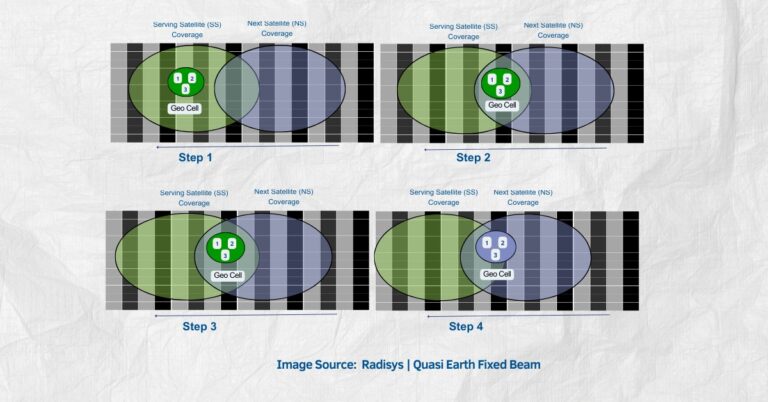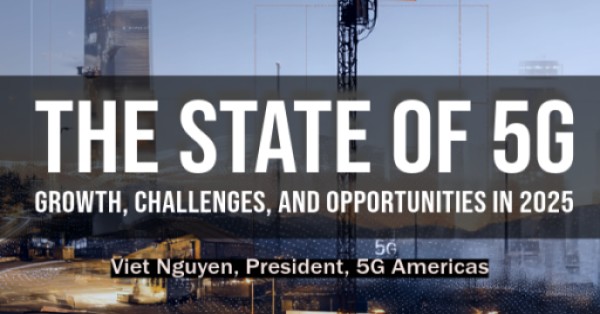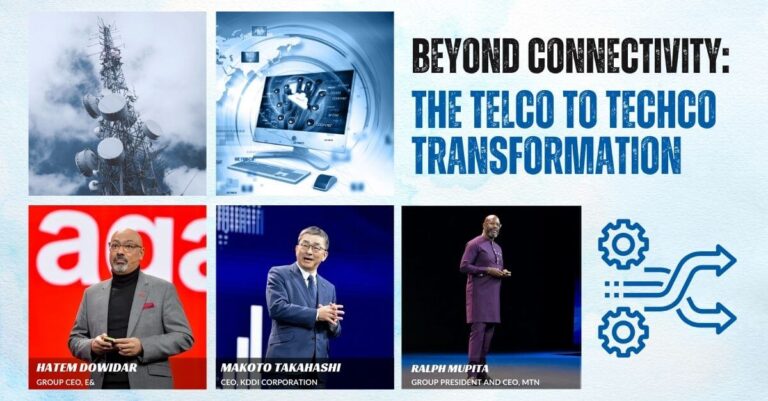Almaty, Kazakhstan, 2 February 2023 – OneWeb, the low Earth orbit satellite communications company, and Kazakhstan National Railways Company “Kazakhstan Temir Zholy” today announced the signing of a Memorandum of Understanding (MoU) to explore the provision of high-speed, low-latency broadband satellite connectivity for railway stations and rolling stock across the Republic of Kazakhstan.
The MoU, signed at the “Digital Almaty” forum, formalizes closer collaboration between OneWeb and Kazakhstan Temir Zholy in relation to the company’s passenger and cargo transportation business and will facilitate the transformation of the National Railways into an international multimodal digital logistics operator. The agreement also signals the parties intention to run service trials for both fixed and mobility solutions ahead of the commercial launch later this year.
Ben Griffin, VP of Mobility and AMEA Region, OneWeb, commented: “OneWeb’s philosophy has always been to work closely with partners and customers across the globe to develop and deploy best in class solutions ‘for the industry, by the industry’. We are happy for the opportunity to cooperate with the National Railways in Kazakhstan in developing connectivity solutions to address the current and future connectivity needs for fixed sites, such as railway stations, cargo terminals and seaports, and moving platforms, including rolling stock.”
Anuar Akhmetzhanov, Deputy Chairman for Strategy and Digitalization at Kazakhstan Temir Zholy, said: “OneWeb’s low Earth orbit constellation can provide the capabilities needed to drive the innovation and advance the digitalisation in the railway industry. At KTZ JSC, we’re pleased to cooperate with OneWeb to explore the technological solutions that provide high-speed connection with low latency and constant connectivity to ensure digitalization of the transport and logistics corridor from East to West, including seaports, railway stations, marine vessels and rolling stock.”
The MoU was signed on the sidelines of the international “Digital Almaty” forum hosted by the Ministry of Digital Development, Innovation and Aerospace Industry of the Republic of Kazakhstan, Ministry of Foreign Affairs of the Republic of Kazakhstan, Mayor of Almaty City, TechGarden.kz and Astana Hub.
Source: OneWeb Press releases
























